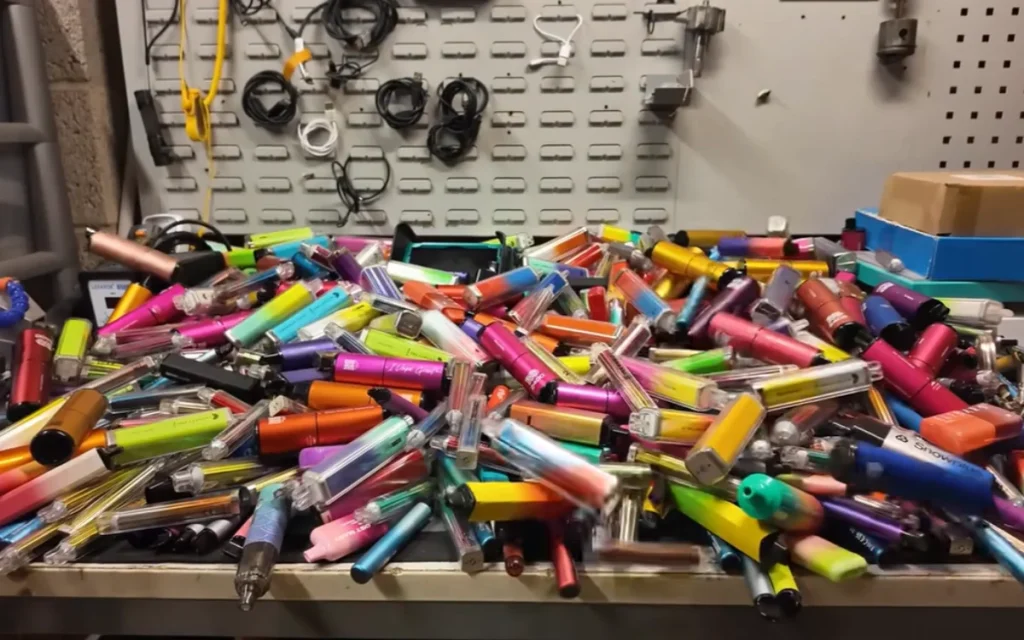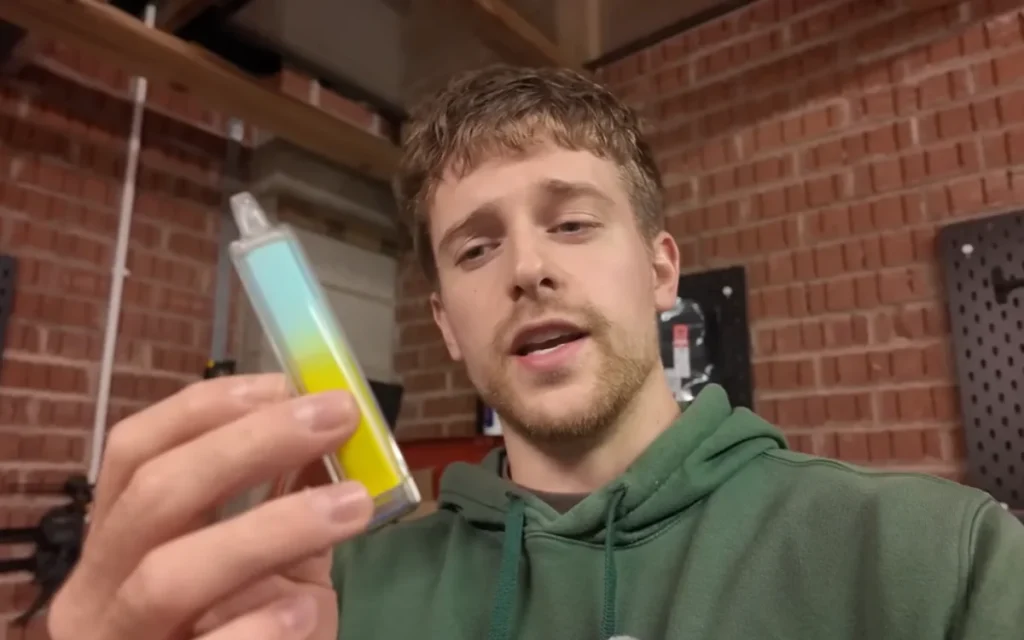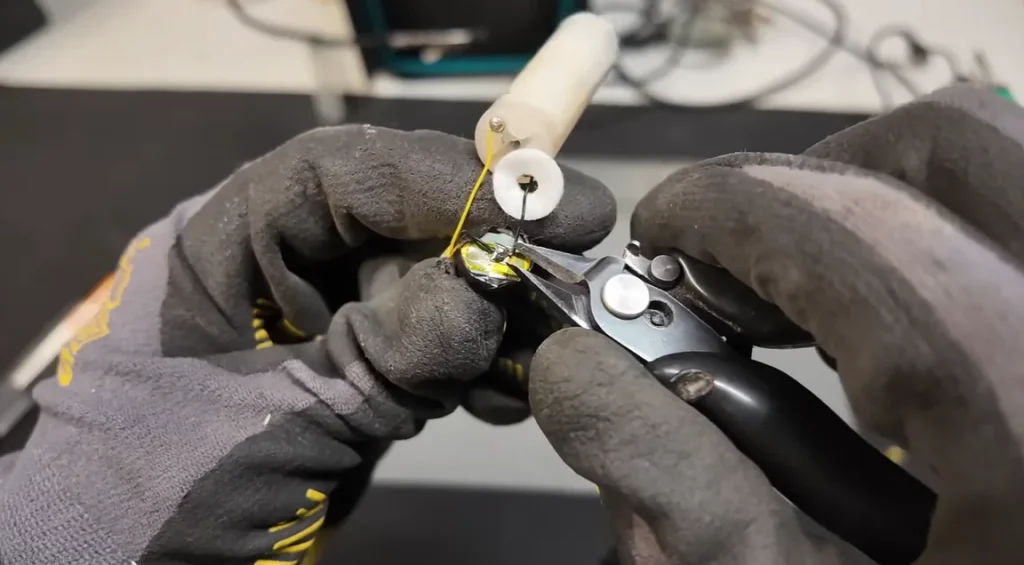Man manages to power his entire house using 500 disposable vapes
Published on Nov 26, 2025 at 12:52 PM (UTC+4)
by Molly Davidson
Last updated on Nov 26, 2025 at 5:42 PM (UTC+4)
Edited by
Emma Matthews
Running a house on 500 disposable vapes sounds like internet nonsense, but one YouTuber wanted to know if it was actually possible.
Chris Doel had noticed how many discarded vapes get tossed on streets and into bins, each one hiding a real lithium-ion battery people barely think about.
Millions of these devices are thrown away every day, and most of the batteries inside never get used twice.
So he wondered: if all that dead vape waste still holds real power, what happens when you collect enough of it?
DISCOVER SBX CARS – The global premium auction platform powered by Supercar Blondie
How he unlocked the power inside 500 discarded vapes
Inside every disposable vape is a tiny lithium-ion cell – sometimes just 1.8Wh, sometimes closer to 5Wh in the bigger units.
Doel wanted to build a 2,500Wh battery pack that could run his workshop for days or his entire house for roughly eight hours, which meant he needed around 500 healthy big cells.
He collected piles of discarded vapes from streets, festivals, and vape shops, grateful to offload returns they normally pay to dispose of.
But his test hit a snag almost immediately: about half the cells were already dead.


Lithium batteries that sit for long periods eventually drain themselves below 3V, and once they fall that low, they never recover.
And with so many already failing, checking each one by hand would have taken days.
So he built a CPAP-powered rig that literally ‘vapes’ each device.
One quick inhale produces a blink of light if the battery’s alive, or nothing if it’s headed for the scrap pile.

After that, the project shifted from collecting waste to salvaging what was left.
Now that he finally had a batch of working cells, the next challenge was figuring out how to process them efficiently.
He 3D-printed holders that let him test 24 cells at a time, then ran every surviving battery through charging, measuring, and labeling.

Matching cells by similar capacity kept the eventual pack stable, preventing weak cells from dragging down the stronger ones.
By the time he finished, he’d recovered far more usable energy than most people would ever expect from devices designed to be thrown away.
How he turned that power into something that could run a house
Turning loose cells into a real home battery meant first organizing them into nine-cell blocks wired in parallel, then stacking 14 rows of those blocks in series until he reached roughly 50V.
Once the structure was in place, safety became the next priority, so each cell got its own tiny fuse.
A miniature fail-safe inspired by Tesla packs.
And the whole assembly was mounted onto aluminium rails to keep everything stable.

With the pack built, he still needed a way to turn it into something a house could actually use, which is where the heavy-duty inverter came in, converting that 50V DC into normal 230-240V household power.
Only then was it time to see if any of this worked.
The first test was the workshop.
He unplugged it from the grid, flipped the inverter on, and the lights, fans, and tools all ran calmly on vape power.
And once the workshop held steady, he cut the entire house off the grid, backfed the inverter into the panel, and watched the microwave, extractor fans, lights, and even the kettle run on nothing but recycled vape cells.
To top it off, he edited the video using his newfound power source.
So yes, a house really can run on hundreds of discarded vapes.
And if nothing else, Doel’s project shows how much usable power we casually throw away long before it ever gets the chance to do anything useful.
DISCOVER SBX CARS: The global premium car auction platform powered by Supercar Blondie
Molly Davidson is a Junior Content Writer at Supercar Blondie. Based in Melbourne, she holds a double Bachelor’s degree in Arts/Law from Swinburne University and a Master’s of Writing and Publishing from RMIT. Molly has contributed to a range of magazines and journals, developing a strong interest in lifestyle and car news content. When she’s not writing, she’s spending quality time with her rescue English staffy, Boof.




